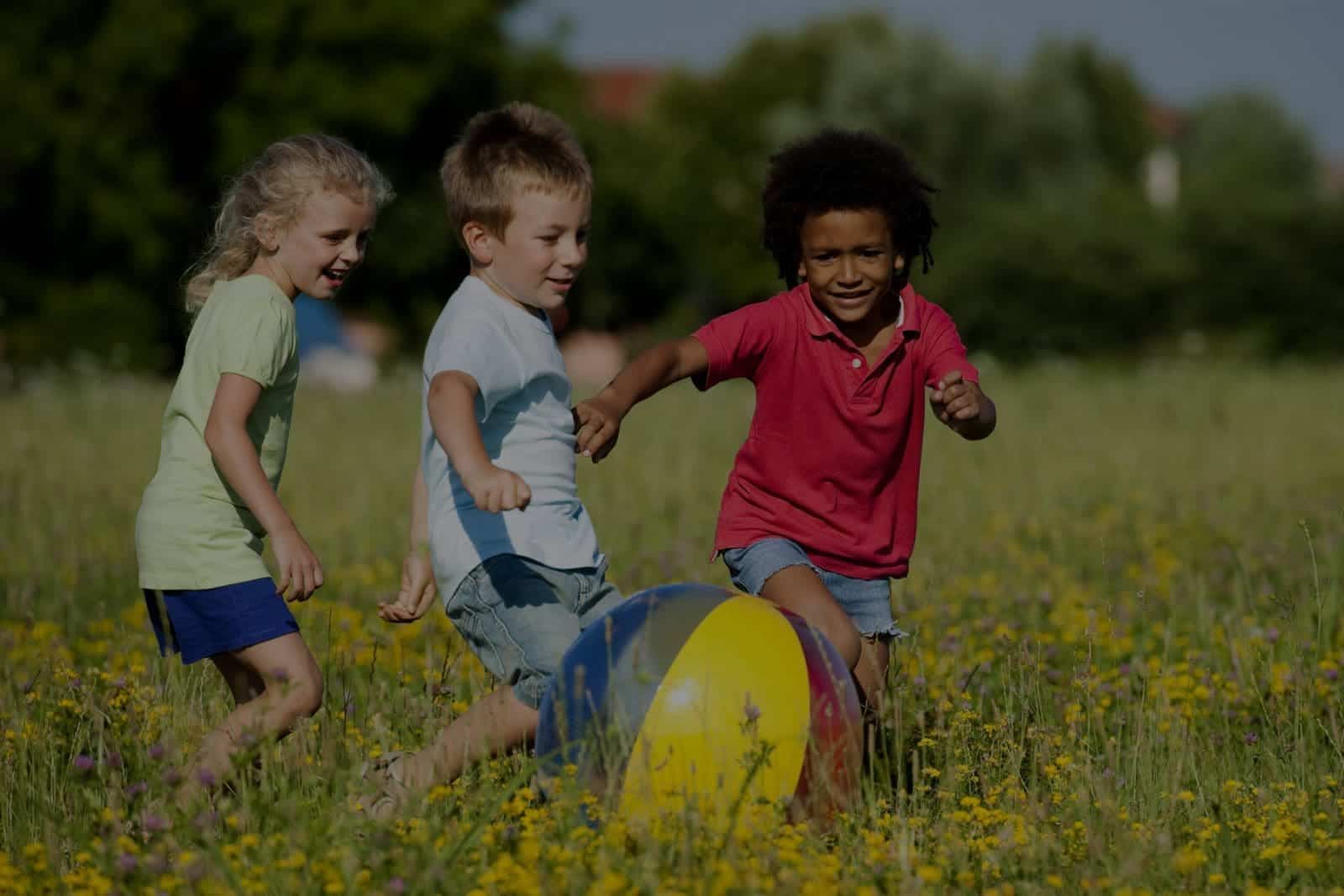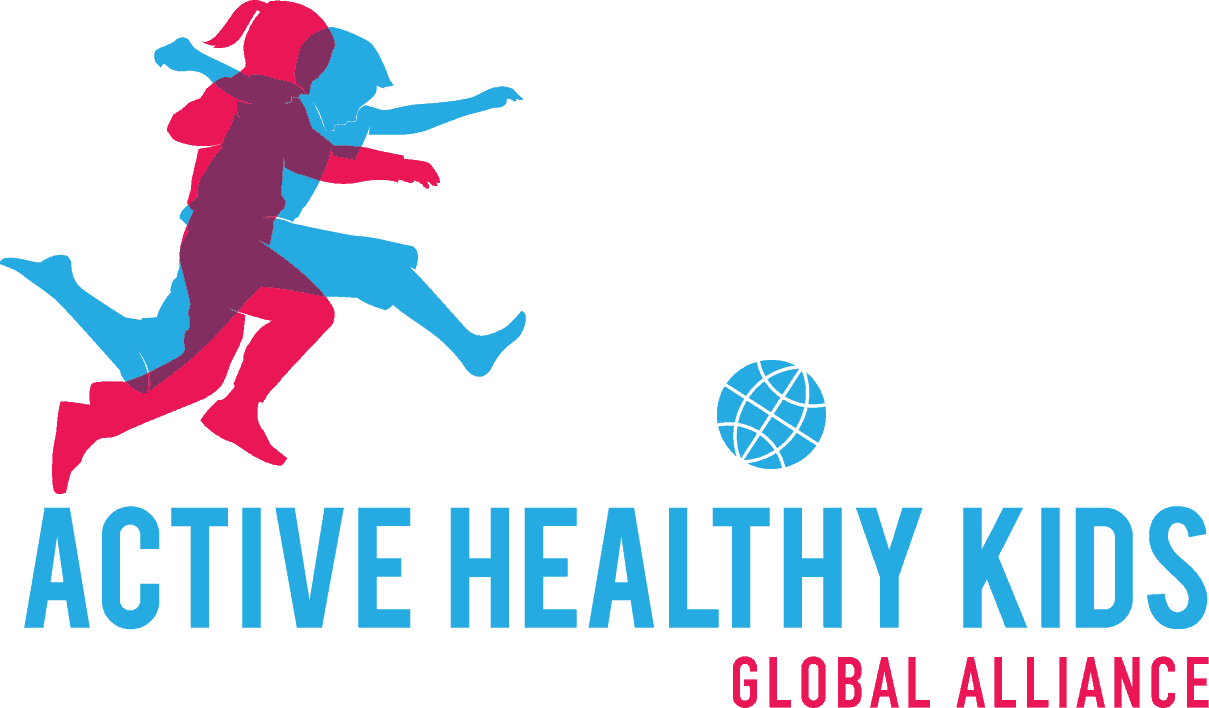The Global Matrix 1.0 on Physical Activity
for Children and Youth
Released on May 20, 2014 in Toronto, Canada at the 2014 Global Summit on the Physical Activity of Children.

Released on May 20, 2014, the Global Matrix 1.0 is a comprehensive assessment of global variation in child and youth physical activity.
Released on May 20, 2014, the Global Matrix 1.0 is a comprehensive assessment of global variation in child and youth physical activity.
GLOBAL MATRIX 1.0
GLOBAL MATRIX 1.0
Released on May 20, 2014 in Toronto, Canada at the 2014 Global Summit on the Physical Activity of Children.
Countries
Continents
Grades
TORONTO (ONTARIO) MAY 20, 2014 – For the first time, the Active Healthy Kids Canada Report Card looks at how Canadian child and youth physical activity stacks up against 14 other countries. The Report Card, released by Active Healthy Kids Canada in partnership with ParticipACTION and the Children’s Hospital of Eastern Ontario Research Institute’s Healthy Active Living and Obesity Research Group (CHEO-HALO), reveals Canada is among the top countries for having well-developed physical activity infrastructure and programs, but trails at the back of the global pack for overall physical activity levels—other developed countries included in the report saw similar results. The global comparisons confirm that we’ve built it, so why are they not coming? The answer requires an honest look at Canada’s culture of convenience—doing more in less time—which may be at direct odds with promoting children’s health. In some cases, perhaps less is more.
“Our society values efficiency—we build more, do more and impose more structure—but perhaps this approach is somewhat misguided when it comes to getting kids more active,” says Dr. Mark Tremblay, Chief Scientific Officer, Active Healthy Kids Canada and Director, HALO. “A child’s day is so structured that there is no room for free play or walking or biking to school. Having plenty of local playgrounds is important, but what if they never get used? To increase daily physical activity levels for all kids, we must encourage a mix of opportunities, such as organized sport, active play and active transportation.”
When it comes to getting kids physically active, there is a tendency in Canada to prioritize structured opportunities. Canadian parents look to organized activities (e.g. dance recitals and sport leagues) and schools to get their kids moving, many local arenas and gyms are booked for organized activities, and there is a structured physical activity curriculum in place at schools in every province and territory. But, these means alone cannot make up for the lack of opportunities for spontaneous movement—such as getting to places on foot and playing freely outdoors—in our kids’ daily lives.
“Overall, child and youth physical activity levels remain alarmingly low—the Report Card tells us that only five per cent of five- to 17-year-olds are meeting the Canadian Physical Activity Guidelines,” says Elio Antunes, President and CEO, ParticipACTION. “That’s why we need to encourage a wider variety of opportunities to improve the grade on kids’ physical activity levels, and in some cases we need to step back and do less. Many parents see active transportation and active play as inconvenient or unsafe, which results in kids spending their free time indoors being sedentary. In fact, these are great, cost-efficient ways to get kids moving more.”
New Zealand and Mozambique lead the pack with “B” grades in Overall Physical Activity. The global comparisons reveal that New Zealand seems to have found success in providing a balance of opportunities for organized activities and active play, with most kids saying they spend an average of 78 minutes per day in free play. And, in Mozambique, where the majority of the population lives in rural environments, high physical activity levels consist largely of transport and domestic chores.
“Considered in a global context, Canada is a developed country, but it might be fair to say Canada is overdeveloped when it comes to its physical activity infrastructure and programs for children and youth,” says Jennifer Cowie Bonne, CEO, Active Healthy Kids Canada. “Canada will never reap the benefits of our well developed policies, programs and places unless we relax our grasp and give our kids room to move. Parents and families, policymakers, schools and community leaders must work together to make it easier for our kids to make the active choice, more often.”
More on the global comparisons
For its 10th anniversary Report Card on Physical Activity for Children and Youth, Active Healthy Kids Canada brought research teams from 15 countries across five continents together to establish and compare grades, and seek solutions to the worldwide childhood inactivity crisis. Countries that participated in the international comparison process, based on the Active Healthy Kids Canada Report Card framework, included: Australia, Canada, Colombia, England, Finland, Ghana, Ireland, Kenya, Mexico, Mozambique, New Zealand, Nigeria, Scotland, South Africa and the United States. The results of the global comparisons and Canada’s Report Card were shared with 700 international delegates at the first-ever Global Summit on the Physical Activity of Children, hosted by Active Healthy Kids Canada on May 19 to 22 in Toronto.
Among the ten grades assigned to Canada, key grades and comparisons include:
Full copies of the short-form and long-form Report Card can be found at www.activehealthykids.ca
The global comparisons were also published today in the Journal of Physical Activity and Health, Supplemental Issue on the Global Summit on the Physical Activity of Children, available at: http://journals.humankinetics.com/jpah-supplements-special-issues/jpah-volume-11-2014-global-summit-on-the-physical-activity-of-children.
About the Report Card
The Active Healthy Kids Canada Report Card on Physical Activity for Children and Youth is the most comprehensive annual assessment of child and youth physical activity in Canada. Active Healthy Kids Canada works with its strategic partners to develop and disseminate the Report Card. The Children’s Hospital of Eastern Ontario Research Institute’s Healthy Active Living and Obesity Research Group (CHEO-HALO), works with an interdisciplinary Research Work Group that includes top researchers from across Canada, to ensure that the Report Card includes the most up-to-date evidence about physical activity for children and youth. ParticipACTION provides strategic communications expertise and support to produce and deliver the Report Card.
Production of the Report Card is possible through support from The Lawson Foundation, RBC, the George Weston Foundation through its Wonder+Cares funding program, the Heart and Stroke Foundation, Loblaw Companies Limited, the MLSE Foundation, General Mills Canada, the Jays Care Foundation, Canadian Tire Active At School and provincial and territorial governments through the Interprovincial Sport and Recreation Council (ISRC).
Media contacts:
Katherine Janson
ParticipACTION
W: 416-913-1471
M: 647.717.8674
kjanson@participACTION.com
Adrienne Vienneau
CHEO Research Institute
W: 613-737-7600 x4144
M: 613-513-8437
avienneau@cheo.on.ca
Search the grades by country or continent.
| Country | Continent | HDI | Overall Physical Activity | Organized Sport and Physical Activity | Active Play | Active Transportation | Sedentary Behavior |
|---|---|---|---|---|---|---|---|
| United States | North America | 0,00 | 21D- | 18C- | 23INC | 22F | 20D |
| South Africa | Africa | 0,00 | 20D | 17C | 23INC | 17C | 22F |
| Scotland | Europe | 0,00 | 22F | 23INC | 23INC | 17C | 22F |
| Nigeria | Africa | 0,00 | 17C | 23INC | 18C- | 14B | 22F |
| New Zealand | Oceania | 0,00 | 14B | 14B | 14B | 18C- | 17C |
| Mozambique | Africa | 14B | 22F | 17C | 14B | 23INC | |
| Mexico | North America | 0,00 | 16C+ | 20D | 23INC | 15B- | 20D |
| Kenya | Africa | 17C | 17C | 17C | 17C | 14B | |
| Ireland | Europe | 21D- | 18C- | 23INC | 20D | 18C- | |
| Ghana | Africa | 0,00 | 20D | 17C | 23INC | 20D | 14B |
| Finland | Europe | 0,00 | 20D | 17C | 20D | 14B | 20D |
| England | Europe | 0,00 | 19D+ | 18C- | 23INC | 17C | 23INC |
| Colombia | South America | 0,00 | 20D | 20D | 23INC | 23INC | 20D |
| Canada | North America | 0,00 | 21D- | 16C+ | 23INC | 20D | 22F |
| Australia | Oceania | 0,00 | 21D- | 15B- | 23INC | 20D | 21D- |
| Country | Continent | HDI | Overall Physical Activity | Organized Sport and Physical Activity | Active Play | Active Transportation | Sedentary Behavior |
| Country | Continent | HDI | Family and Peers | School | Community and Environment | Government |
|---|---|---|---|---|---|---|
| United States | North America | Very High | 23INC | 18C- | 15B- | 23INC |
| South Africa | Africa | Medium | 23INC | 20D | 20D | 14B |
| Scotland | Europe | Very High | 21D- | 24 | 14B | 14B |
| Nigeria | Africa | Low | 23INC | 23INC | 23INC | 23INC |
| New Zealand | Oceania | Very High | 17C | 15B- | 17C | 23INC |
| Mozambique | Africa | 23INC | 17C | 22F | 17C | |
| Mexico | North America | High | 23INC | 20D | 22F | 17C |
| Kenya | Africa | 17C | 17C | 23INC | 17C | |
| Ireland | Europe | 23INC | 18C- | 14B | 23INC | |
| Ghana | Africa | Medium | 23INC | 20D | 20D | 20D |
| Finland | Europe | Very High | 17C | 14B | 14B | 14B |
| England | Europe | Very High | 23INC | 12A- | 14B | 23INC |
| Colombia | South America | High | 23INC | 22F | 23INC | 14B |
| Canada | North America | Very High | 17C | 16C+ | 13B+ | 17C |
| Australia | Oceania | Very High | 17C | 15B- | 12A- | 16C+ |
| Country | Continent | HDI | Family and Peers | School | Community and Environment | Government |


